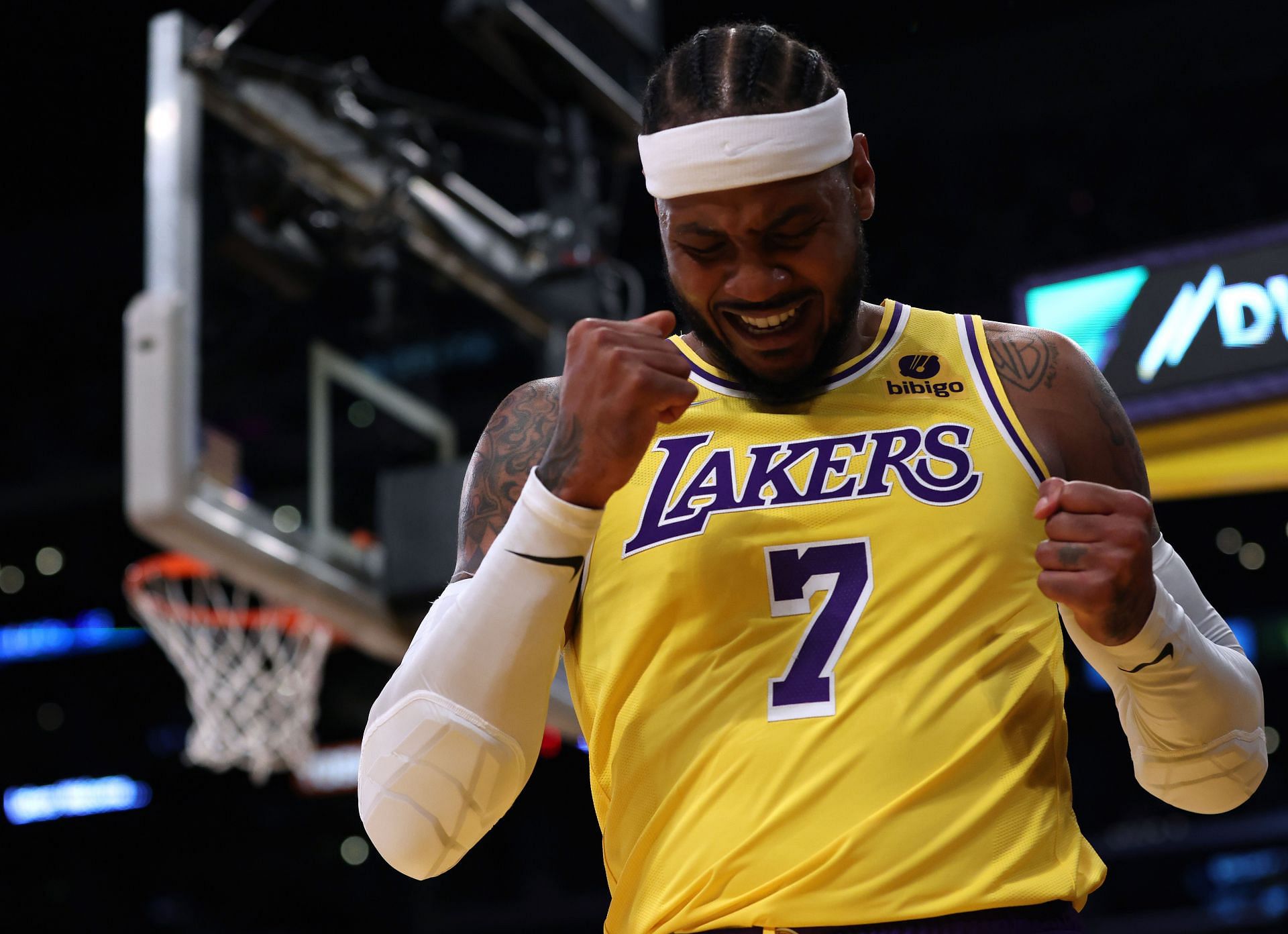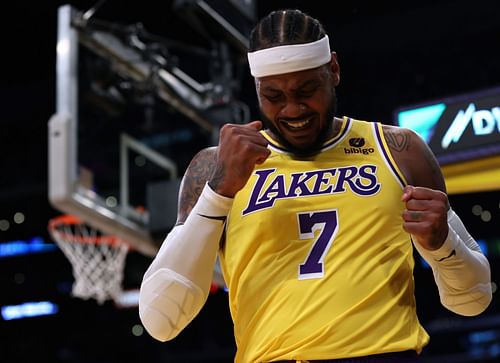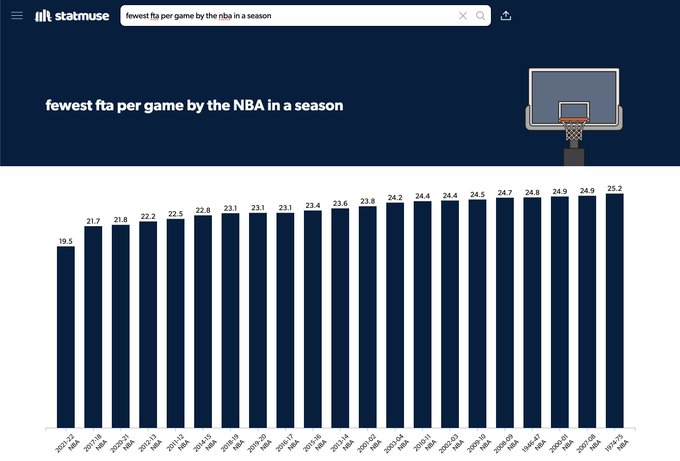
Carmelo Anthony is having a dream start with the Los Angeles Lakers, and here's why

Carmelo Anthony is one of the best scorers in NBA history, possessing one of the most esthetically pleasing shooting forms and a place within the league's all-time top scorers, yet he still lacks an NBA championship. However, Anthony is hoping to change his lack of silverware this season after joining close friend LeBron James on the Los Angeles Lakers' roster in search of that title.
Throughout Anthony's career, many have questioned his commitment to winning, postulating that scoring and statistics were more important to the former Denver Nuggets standout. Those criticisms followed him during his time with the New York Knicks, and then the fall from grace happened.
Fast forward four years and Anthony is now donning the purple and gold as a vital part of the rotation. Granted, increased minutes have been easy to come by for Anthony because of the Lakers' injury troubles, but it's what he does when on the court that counts.
To begin the year, the Lakers have spent stretches without James, Anthony Davis, Talen Horton-Tucker, Trevor Ariza, Dwight Howard. Most of the injury struggles have come at positions where Anthony can provide assistance, especially in terms of offensive firepower, and at 28.9 minutes per game, he's been doing just that.
According to Cleaning The Glass, Anthony is having the most efficient season of his career from deep, ranking in the 98th percentile among wings with a 48 percent conversion rate. Of course, we're only 14 games into the season, and Anthony's hot shooting likely will regress, but it's important to note the jump in scoring from an area of the floor where the veteran hasn't always been considered a threat.
For the first four years of his career, Anthony shot below 35 percent from 3-point range, then came numerous seasons of the wing flirting with high 40s and low 30s - total inconsistency on a year-to-year basis. Anthony's original strength was his mid-range game, where he often ranked within the top 10 percent of wings throughout his prime, but as the game evolved, Anthony started getting left behind.
With the pace-and-space movement sweeping the league, Anthony's back-to-the-basket brand of offense began to age poorly, as teams turned to transition 3s and rip-throughs towards the rim. Yet, for the Lakers, in his 19th year as a professional, Anthony is thriving in an NBA that has begun to blend the old school with the new school.
The NBA's latest rule change has allowed a once-lost brand of physicality to return to the hardwood, where players can utilize their strength, especially on screens. As such, Anthony has found himself in oceans of space when operating as the "popper" in pick-and-rolls, while also finding himself wide open when cutting off Iverson screens in the mid-range.
Of course, Anthony and the Lakers are also benefiting from the gravity their star players provide. Teams aren't willing to allow Russell Westbrook an unimpeded path toward the rim, nor are they likely to leave James or Davis open almost anywhere, meaning Anthony is seeing levels of shooting space he's only dreamed of throughout his career. In fact 32.9 percent of Anthony's shots this season have been deemed "open," while another 21 percent of his looks have been deemed "wide open," per NBA Stats.
At 53.9 percent, teams are giving Anthony, one of the greatest play-scorer in NBA history, more than half of his shots with little to no defense, and people are surprised he's scoring on almost 50 percent of his 3s? We're also seeing far less isolation basketball from this Lakers iteration of Anthony, with 57.5 percent of his shots coming directly off the catch and only 16.8 percent on possessions when he dribbles the ball more than three times.
Finally, Anthony is no longer the ball-stopper he once was. Instead, he's relying on quick decision-making and a veteran savvy that money can't buy. The Brooklyn native is taking 62.3 percent of his shots within 2 seconds of touching the ball, and a further 30.5 percent of his shots are happening between 2-6 seconds of getting possession.
For reference, during the 2012-13 NBA season, Anthony's touch time and number of dribbles per possession were far more balanced, with the superstar blending quick catch-and-shoot opportunities with longer, more drawn-out post-up possessions. Back then, 17 percent of his shot attempts came after three to six dribbles. Furthermore, 58.7 percent of Anthony's offense took longer than 2 seconds to generate, but that was the NBA back then.
Overall, Anthony's early success is born out of both opportunity and adaption. Anthony would never have envisioned himself playing almost 30 minutes per game, but the Lakers likely never expected him to be a willing component in a modernized offense. Surprises all around.
Yet for a man who ranks ninth on the NBA's career scoring chart (27,594 points, heading into Monday's game with the Chicago Bulls), and one of the most enjoyable and tantalizing players over nearly two decades, seeing Anthony roll back the clock as he challenges for an NBA championship is satisfying and nostalgic. All Anthony needs now is for Los Angeles to navigate its injury woes and get healthy again, and then fans may finally see one of the league's elder statesmen, a three-time Olympics gold medalist, in the Finals for the first time.
